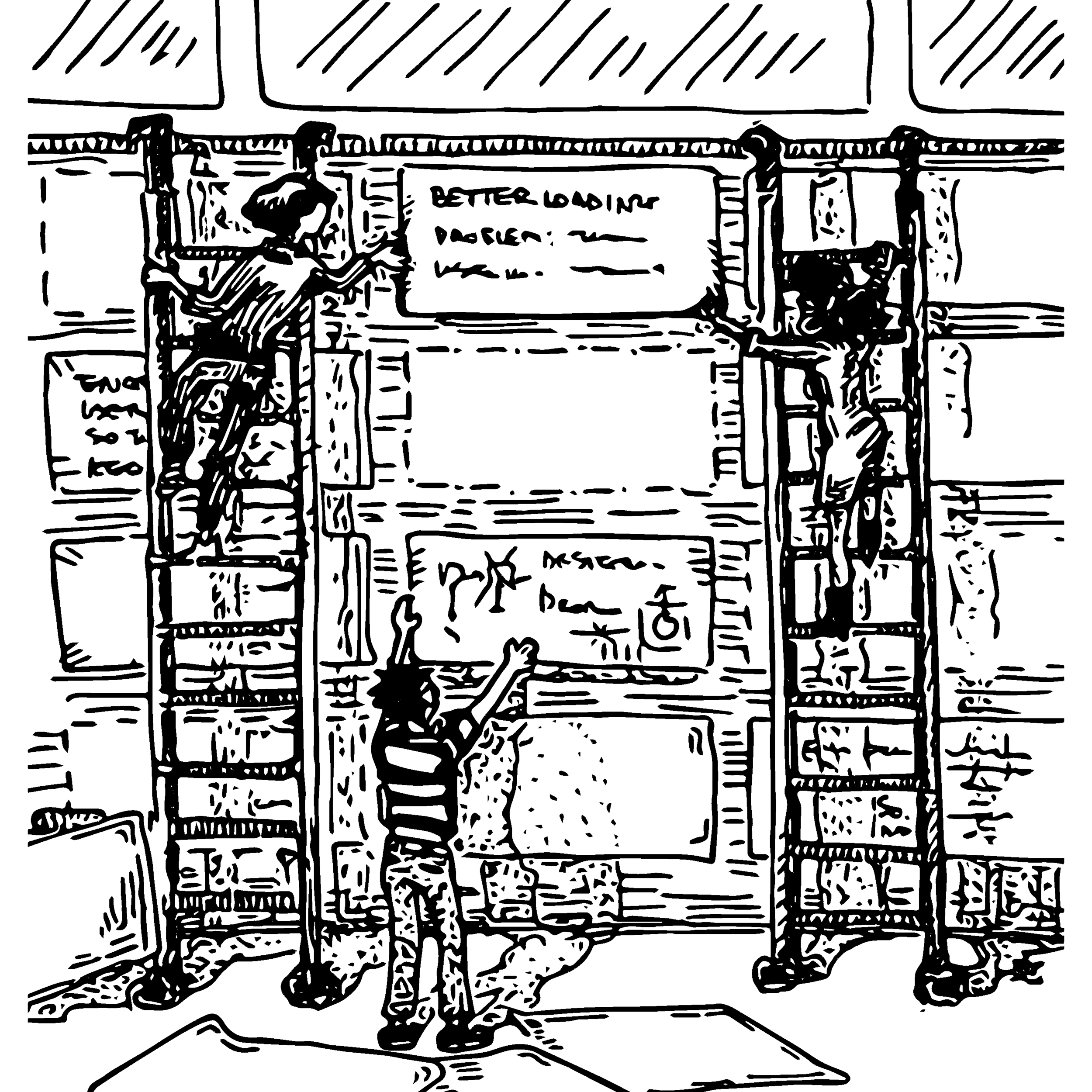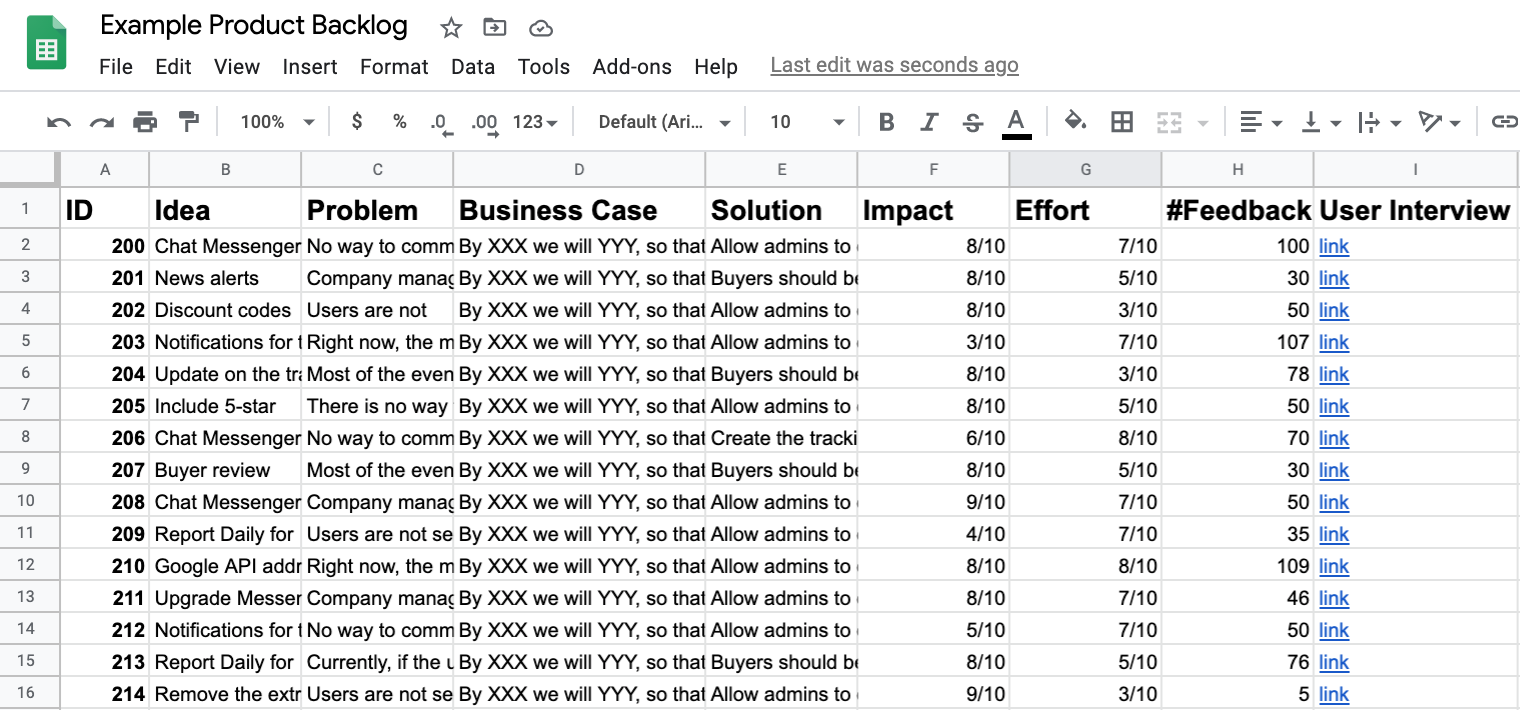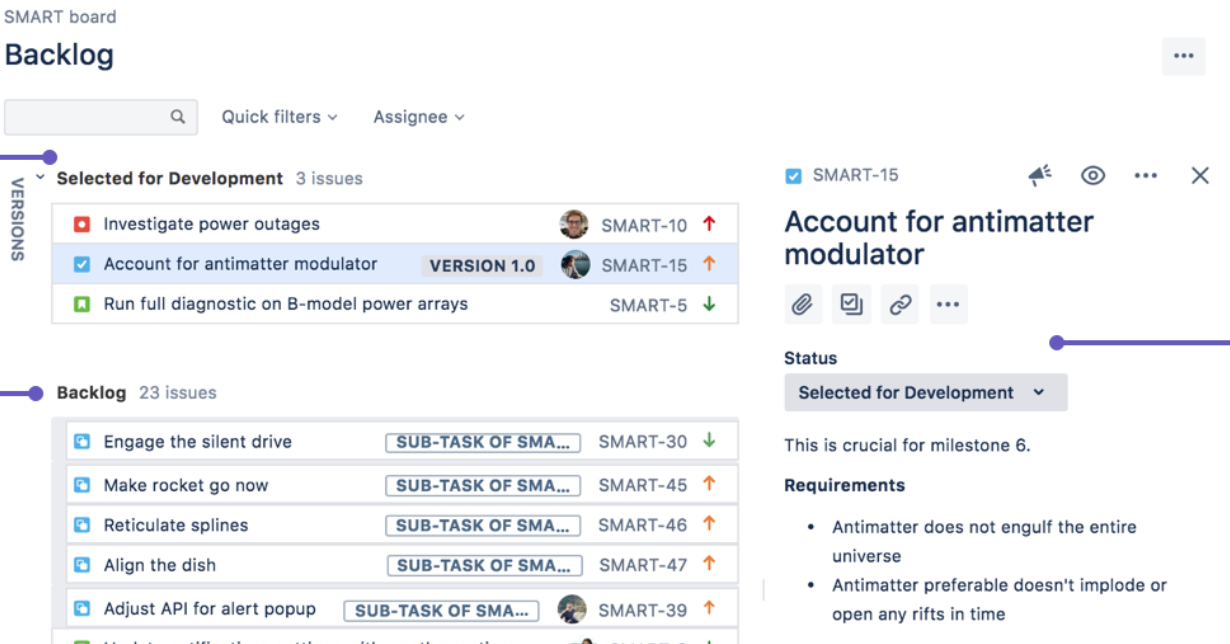Backlog without a Mighty Scrum Master
While working on my own projects or with the company engineering teams, I had to try out multiple tools for managing the development backlog. Since, like a lot of other product managers out there, I do not have a partner in crime called a scrum master or a development manager, it’s part of my job to figure out what works best for the internal development stakeholders.
First, I need to clarify that the “Development Backlog” is not the same as a strategic Roadmap. Here is one of the best definitions, in my opinion, by Atlassian:
Atlassian blogpost: Product roadmap vs product backlog: both essential, better together, 2017
How do I go about picking the right tool?
As with any other tool or process employed in product, I try to answer these questions:
Who is the main audience?
What is the outcome we are seeking?
Why is it important?
It’s fair to say, that:
Main Audience? = engineers;
The Outcome? = happier dev teams(I know it’s hard to measure, but it’s one of those obvious things that you can feel when designing and collaborating);
Why Important? = engineers who are flying blind and only solve issues that are being handed to them at the time of need will have lesser sense of ownership and love for their work. As the result the users will not get the best possible solution.
What tools did I try?
#1 Spreadsheets
To begin with it is worth remembering that a backlog is, in a nutshell, a list of items. So the most fundamental tool for the backlog is a spreadsheet - the good old Google Sheets or Microsoft Excel. And possibly also the most scary one: I cringe thinking about a 10-tab-sheet with fragile VLOOKUPs, clunky scrolling and filters that you always forget to uncheck. Still, rather powerful and mostly free!
Google Sheet Demo
#2 Trello
Now, to add a few bells and whistles, Trello is a very simple and intuitive way to visualize a smaller backlog for a team of 2-5 people. Normally, though, after about 6 months to a year that board is going to get bloated and way hard-to-manage, so it will lead to separating stuff into specialized boards dedicated to categories of items.
Trello Demo: Demo Product Backlog Board
#3 Product Planning Software
A step above, is more specialized software, like Prodpad, Productboard, Roadmunk, etc. As a PM, I appreciate everything they have to offer, but they are not a very friendly place for an engineer. I yet to see a happy dev to raise their hand and volunteer to get a login to another software where they have to navigate piles of feedback, stories, and prioritization mappings.
Another reason why these might not quiet work for a development backlog is because they are designed with a hypothesizing audience in mind. The structure in most of them is focused on discovery, customer development, and opportunity management. Here is one pretty useful post by Prodpad’s Janna Bastow explaining this point in much more detail.
Example of Prodpad Roadmap from Capterra
So what’s the best tool?
As long as it’s clear why product features backlog and the development backlog are separated, and what action in the engineering team it should inspire.
Managing smaller items: UI/UX, assumptions of early architecture, faults by design, trip-overs, etc. -- if they are not creating new major functionality, but simply improving/altering existing one, these are the development backlog items. And the key audience here is the engineering team. The information they need provided is really boiling down to the ACCEPTANCE criteria.
So, whatever the development management tool the engineering team uses, that's the place where I will nest the backlog -- close to home.
With most of the teams I've used Jira for instance. A lot can be said about this tool, of course, but, in particular, its project "Backlog" feature ended up being the perfect spot for keeping the dev backlog. And because it's right there, when doing the sprint-planning, it's easy to go over the list of items and decide if any of them should make it into the sprint. Engineers also appreciate the instant visibility into the list and tend to keep their pet-projects there as well.
Example from Atlassian support site
What's your go-to tool for the development backlog?







